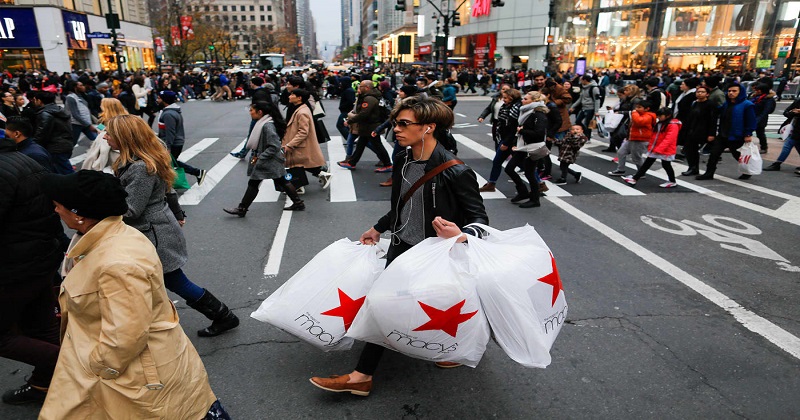
Black Friday is a casual name for the Friday following Thanksgiving Day in the United States, which is observed on the fourth Thursday of November. The day after Thanksgiving has been considered as the commencement of the United States Christmas shopping season since 1952.

What Is Black Friday? The true story after Black Friday, yet, is not as bright as retailers might have you think. Back in the 1950s, police in the city of Philadelphia used the word to express the chaos that followed on the day after Thanksgiving, when flocks of suburban shoppers and tourists overflowed into the city in the advancement of the big Army-Navy football game carried on that Saturday every year. Philly cops were not capable to take the day off, but they would have to work extra-long shifts vending with the supplementary crowds and traffic. Shoplifters would also take benefit of the chaos in marts to make off with merchandise, counting to the law enforcement headache.
This season is crucial for the economy, especially for some retailers, such as jewelers. In recent years, another myth has appeared that gives quite an ugly twist to the convention, asserting that back in the 1800s Southern plantation owners could purchase slaves at a discount on the day after Thanksgiving. Though this version of Black Friday’s roots has understandably directed some to call for a boycott of the retail holiday.

Why is it called Black Friday?
The term “Black Friday” was stamped in the 1960s to observe the starting of the Christmas shopping season. “Black” directs to stores driving from the “red” to the “black,” back when analyzing records were held by a hand, and red ink denoted a loss and black a profit. Ever since the start of the modern Macy’s Thanksgiving Day Parade in 1924, the Friday after Thanksgiving has been known as the unofficial beginning to a bustling holiday shopping season.
Why did Black Friday become so popular?
As retailers started to discover they could attract big crowds by discounting prices, Black Friday became the day to shop, better than those last-minute Christmas sales. Some vendors put their things up for sale on the morning of Thanksgiving or email online specials to customers days or weeks before the actual occasion. The most purchased items are electronics and popular toys, as these may be the most discounted. However, prices are cut on everything from home furnishings to apparel.

Black Friday is a long day, with many retailers extending up the afternoon of Thanksgiving to flocks of people waiting anxiously outside. There are considerable doorbuster discounts and loss leaders prices so low the store may not make a profit to attract shoppers. Most enormous dealers post their Black Friday ad scans, coupons, and offer online ahead to provide consumers time to find out about sales and prepare their purchases. Other companies take a different technique, waiting until the last possible moment to unleash their Black Friday ads, expecting to make a hum and keep customers eagerly inspecting back for a notification.
Also, many online merchants have pre-Black Friday or special Thanksgiving sales, so you may not even have to remain until the big day to save. In 2020, especially, vendors expect to see stores highlighting their online sales (if not canceling their in-store events entirely), due to COVID-19.

Post Your Comments